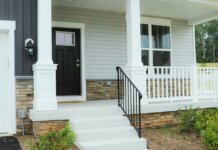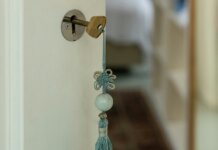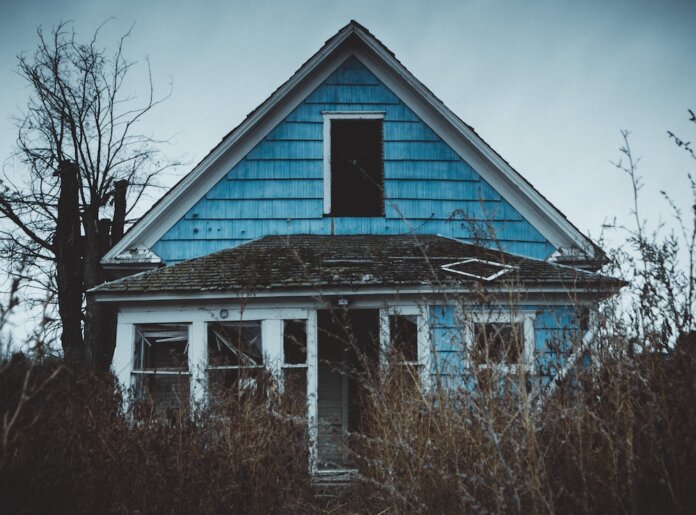Approximately 1.4 million (1,382,480) residential properties – or about 1.3% of all U.S. homes – are currently vacant, according to ATTOM’s newly released Vacant Property and Zombie Foreclosure Report, marking the 13th straight quarter that the national vacancy rate has remained steady at 1.3%.
About 222,358 properties were in the foreclosure process as of the end of the second quarter, according to ATTOM’s data — an increase of 4.8% from the previous quarter but down 6.3% from the second quarter of 2024. The uptick follows five consecutive quarters of declining foreclosure activity.
Of those foreclosures, about 7,329 – or 3.3% – were “zombie” foreclosures, meaning they were vacant and abandoned by owners during the foreclosure process. That figure is flat compared with the first quarter but up slightly from 2.9% a year earlier.
As of the end of the second quarter, just one in every 14,207 U.S. homes was a zombie. That low rate reflects the continued resilience of the post-pandemic housing market, ATTOM says.
On a more granular level, the number of zombie properties rose quarter-over-quarter in 30 states, though most increases were modest.
Similarly, the 19 states that saw declines experienced only slight decreases.
“Thankfully, we’re not seeing a lot of homes sitting vacant due to pending foreclosures, which is good for families, neighborhoods, and the market,” says Rob Barber, CEO of ATTOM, in the report. “However, foreclosure filings have shown a recent uptick—with April seeing a 14 percent increase compared to the same month last year.”
“So far, buyers seem to be scooping up these repossessed homes relatively quickly, so they aren’t sitting empty.” Barber adds. “Nobody wants to see a return to the days of the 2008 housing crisis when vacant, blighted homes were common in many parts of the country.”
The number of zombie properties increased quarter-over-quarter in 30 states and the District of Columbia, but mostly by small amounts. The changes were also relatively small in the 19 states that saw their number of zombie properties fall.
Year-over-year, the biggest increases in zombie homes were in North Carolina (52.5% more zombie properties, from 59 in the second quarter of 2024 to 90 in the second quarter of 2025), Iowa (up 52.1%, from 71 to 108), Texas (up 51.9% from 162 to 246), South Carolina (up 43.8% from 64 to 92), and Kansas (up 29%, from 69 to 89)
The biggest yearly decreases among states with at least 50 zombie homes in the second quarter of 2024 were Massachusetts (down 48.7%, from 76 to 39), Maryland (down 22.1%, from 86 to 67), New Jersey (down 17.6%, from 239 to 197), California (down 8.9%, from 269 to 245), and Illinois (down 8.8%, from 724 to 660).
Photo: Luis Georg Müller














